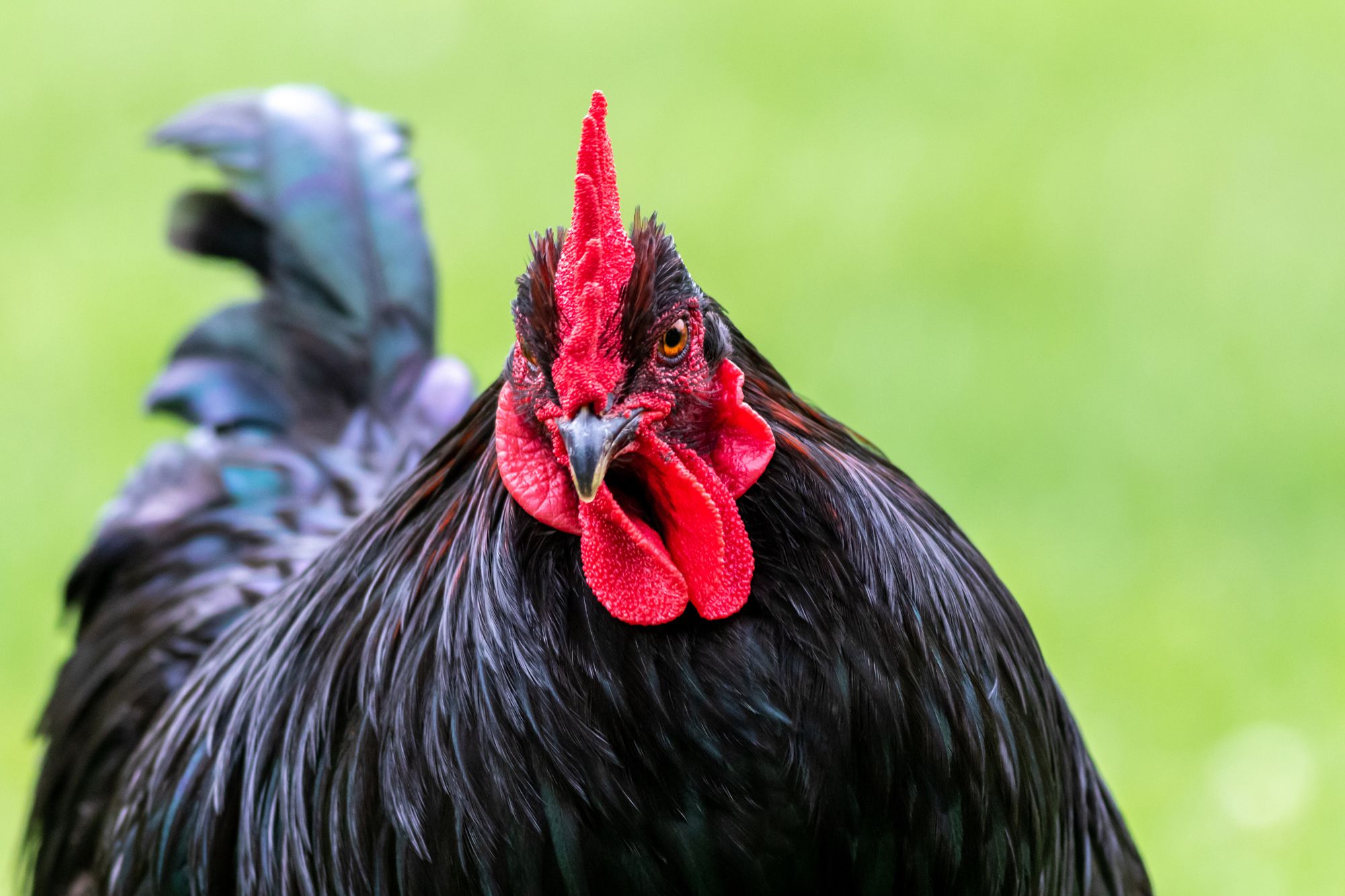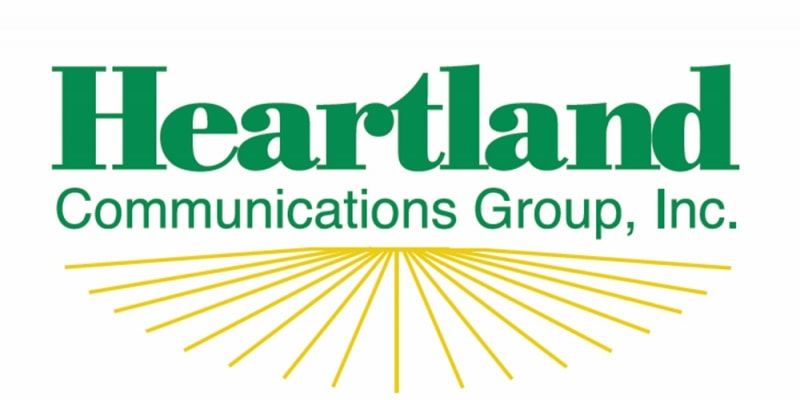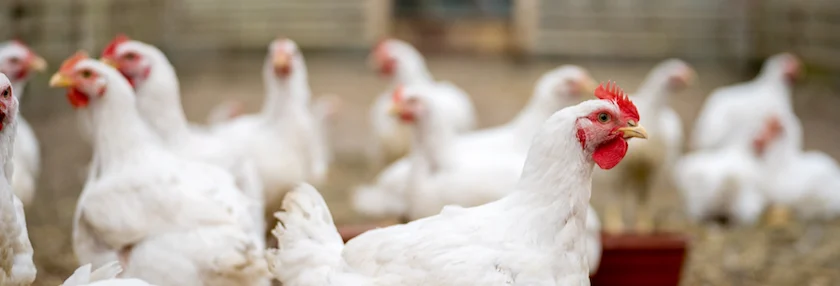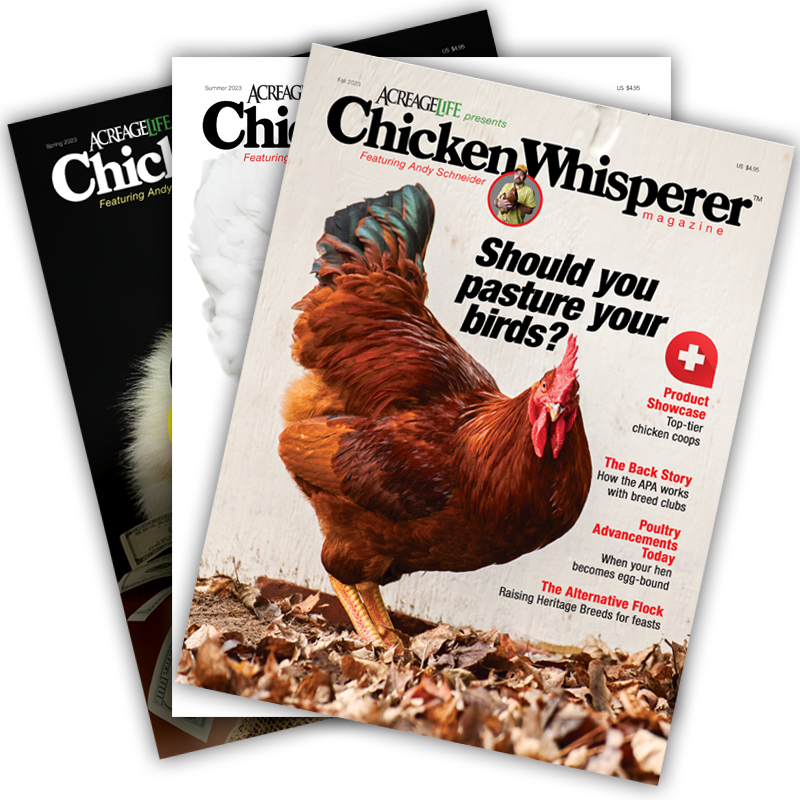The ‘Power’ of Poultry
How One Poultry Producer Uses Solar Power for Chicken Coops


Solar powered technology has become increasingly popular across various industries, including agriculture.
Pasturebird, an American pasture raised poultry producer, has embraced solar to grow its regenerative farming practices. Their goal is to offer their animals access to a healthier life and, in turn, provide their customers with true pasture-raised chicken.
“We wanted to scale the business and bring the cost down to where everyday people could actually access and afford pasture-raised chicken,” Paul Greive, founder and farmer of Pasturebird said.
“That’s what started our journey of designing and building the Automated Range Coop.”
The company’s 6,000-bird Automated Range Coop (ARC) is a large, floorless barn-like chicken coop on wheels that automatically moves itself 50 feet across pastureland each day.
The solar powered coops allow the company to operate in a remote area without relying on the grid. Environmentally, this provides renewable energy benefits to the farm. However, that isn’t the primary reason why Pasturebird utilizes ARCs in their operations.
“Our coops are out on big, very remote, rural farm fields where power is not accessible,” Greive noted. “We still need power, however, for moving the feed, controlling the thermostat and to move the window curtains up and down. All of these things are powered by solar only.”
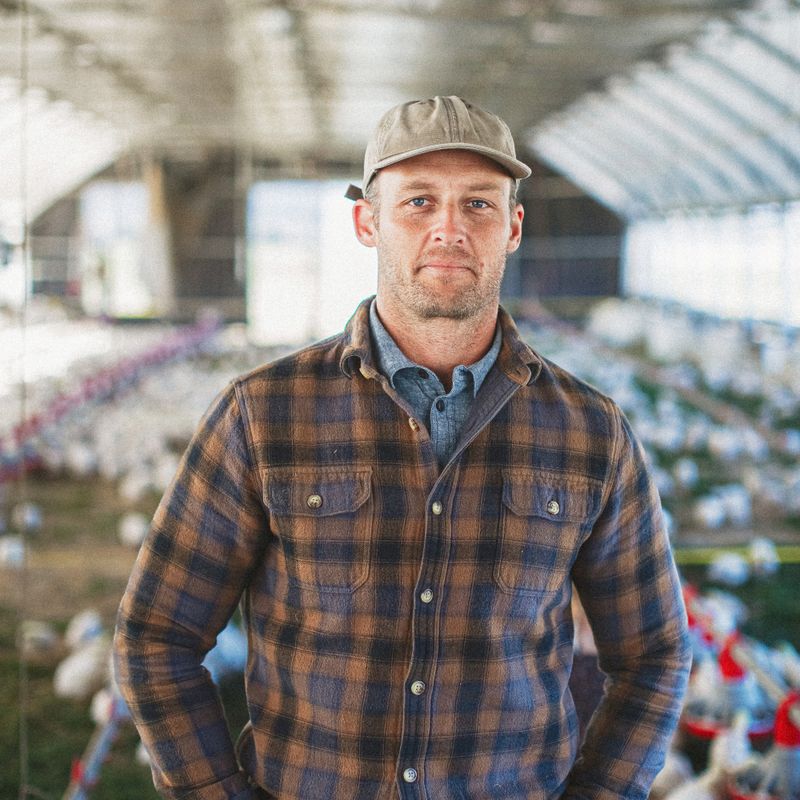
Benefits of Solar Powered Coops
Every type of chicken coop system has its pros and cons.
A solar powered coop, however, comes with many benefits including improved animal welfare, regenerative land management and resilience for farms large and small.
Improved Animal Welfare
In a traditional stationary poultry house, chickens live, eat, sleep and create waste all in the same place, all of the time. Greive explained that, from an animal welfare perspective, this can be managed, but it just doesn’t compare to moving birds on fresh pasture every day.
“Fresh pasture provides birds with all of the nutritious foods they’re meant to eat,” he continued. “They eat chicken feed, but they also love to forage and eat grass, bugs, seeds, worms, flowers and weeds.”
Greive also mentioned the benefits of slow coop movement to ensure the birds’ safety.
Each day, at the push of a button, the ARC moves 50 feet over a five-to-seven-minute period.
“It moves really slow. So slow, you can barely see it moving,” he said. “Manually moving a large chicken coop can easily cause some serious damage to the birds if they aren’t alerted that the coop is getting ready to move. With the ARC, the birds see and hear the coop start to move, prompting them to walk towards the front of the structure.”
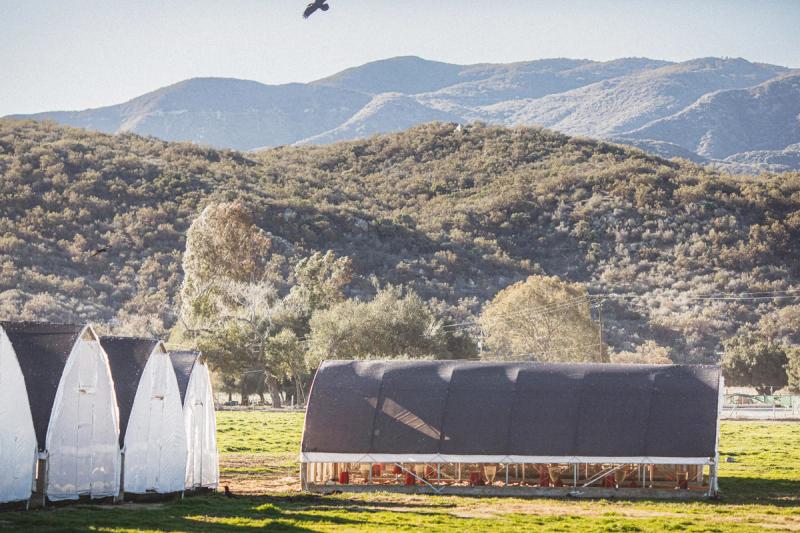
Regenerative Agriculture
From a regenerative agriculture perspective, solar powered coops provide chickens with nature-like living conditions.
“Instead of the animals sleeping where they eat and poop, now you’re putting the manure down onto the crop or farmland, and then moving them every day,” Greive said. “With this approach, the manure is actually fertilizing the field.”
At Pasturebird, chickens are generally running on old, dilapidated corn, soybean, cotton and peanut fields that have very low fertility and organic matter present.
“We put the chickens on the pasture and rotate them through,” he explained. “Over a short period of time, the land starts to come back to life. Chicken manure is some of the best fertilizer in the world.”
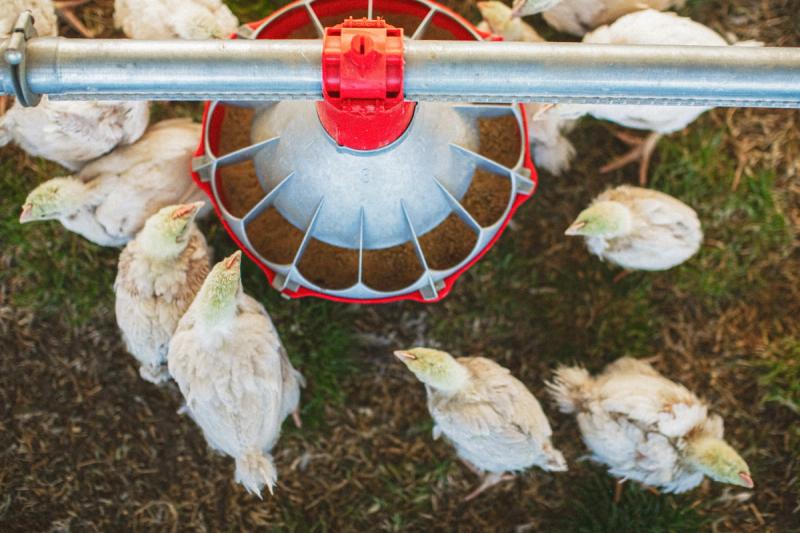
Farm Resilience
With their primary operations located in Butler, Georgia, Pasturebird’s farmland was directly in the path of Hurricane Helene. But despite the storm’s widespread destruction, Pasturebird experienced little impact.
“During the storm, our entire area was out of power,” said Greive. “No power can be a big problem on a chicken farm. But a couple of cool things happened. Despite 10-plus inches of rain and 50 to 75 mile an hour winds, we had very minimal impact on the farm.”
Over a three-year period, Pasturebird’s regenerative agriculture practices improved the land’s health, roots and vegetative cover significantly. The soil absorbed the storm’s moisture, reducing the amount of mud runoff and erosion.
Another added benefit to solar powered coops is access to off-grid power. In the event the grid goes down, a solar powered coop can still feed, water and move birds to new pastures.
Greive emphasized the importance of this type of resilience in agriculture, especially for small-scale farms:
“There’s nobody to bail you out. You’re dealing with live animals. They have to be fed, watered and, ideally, moved every single day. And, when a natural disaster or man-made disaster happens, having solar as a backup is wise.”
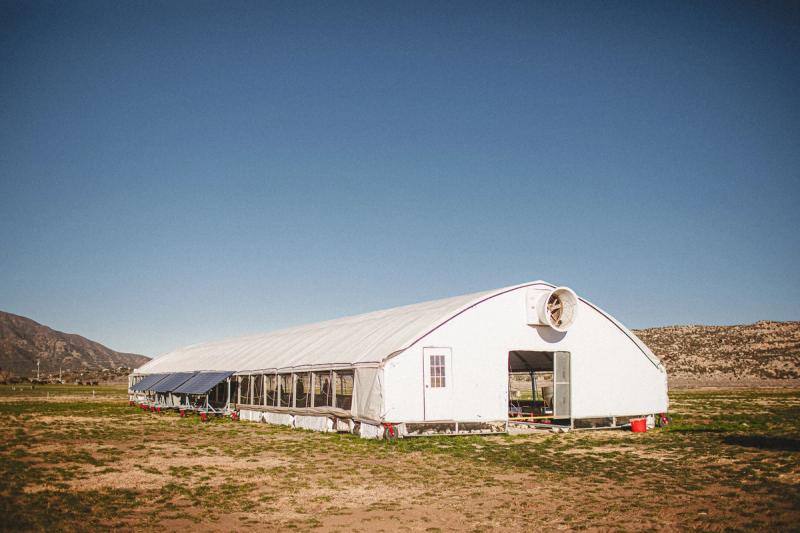
Mimicking Nature With Technology
Leaders in the regenerative agriculture space, such as Joel Salatin, emphasize the importance of embracing modern technology in such a way that mimics nature, a term known as biomimicry technology.
For Greive, this looks like a closed-loop system where animals and plants support each other, creating a sustainable and regenerative food production model.
“It’s a bit of a revolution where we’re looking at old ways of doing things and using modern technology to play off of that ancient wisdom,” he said. “In nature, animals move. If we can use and harness nature and biomimicry technologies to be more resilient and regenerative, that’s the future of farming.”
Tags:Hot Topics

Chicken Whisperer is part of the Catalyst Communications Network publication family.








